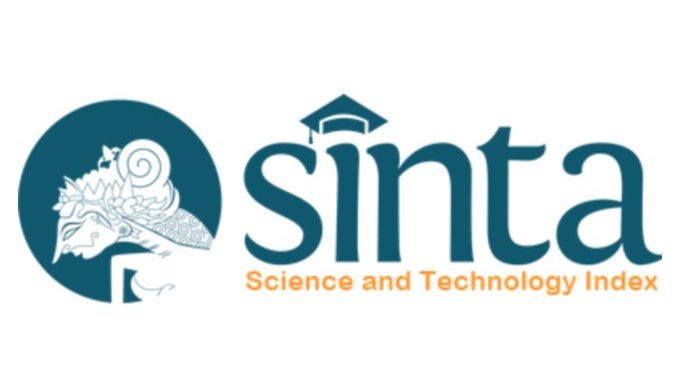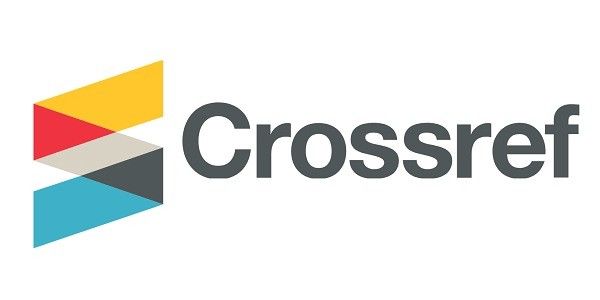Analysis of Risks of Low Energy Availability and Eating Disorders in Female Elite Dancers at X Dance School in Jakarta, Indonesia
Research
DOI:
https://doi.org/10.55175/cdk.v51i6.1045Keywords:
female dancer, gastrointestinal dysfunction, low energy availability, menstrual disturbance, musculoskeletal injuryAbstract
Due to their aesthetic demand and high training load, ballet dancers are often at risk of low energy availability (LEA), with or without eating disorders (ED). A prolonged state of LEA may alter physiological function and lead to other major health concerns. This study aims to analyze the risk of LEA and eating disorders in female elite dancers at X dance school in Jakarta. This descriptive cross-sectional design study was followed by 11 dancers. Risk of LEA was assessed using the low energy availability in females questionnaire (LEAF-Q), eating behaviors using the eating attitude test (EAT-26) questionnaire, and body composition using the bioelectrical impedance analysis (BIA) instrument. A total of 18.2% of dancers were at risk of LEA (LEAF-Q score ≥8) and no dancers were at risk of eating disorders. The most common characteristics of LEA are gastrointestinal dysfunction (90.9%), followed by menstrual disturbance (45.5%), and musculoskeletal injury (9.1%). Compared to the first study in Indonesia, this study showed lower proportion of dancers at risk of LEA and ED at X dance school in Jakarta. Despite a lower proportion, most dancers experienced other characteristics of LEA, thus prevention and health management are required to reduce further health issues.
Downloads
References
Brown MA, Howatson G, Quin E, Redding E, Stevenson EJ. Energy intake and energy expenditure of pre-professional female contemporary dancers. PLoS One. 2017;12(2):e0171998.
Beck S, Redding E, Wyon MA. Methodological considerations for documenting the energy demand of dance activity: a review. Front Psychol. 2015;6:568.
Kong P, Harris LM. The sporting body: Body image and eating disorder symptomatology among female athletes from leanness focused and nonleanness focused sports. J Psychol. 2015;149(1-2):141-60.
Wasserfurth P, Palmowski J, Hahn A, Krüger K. Reasons for and consequences of low energy availability in female and male athletes: Social environment, adaptations, and prevention. Sports Med Open. 2020;6(1):44.
Nazem TG, Ackerman KE. The female athlete triad. Sports Health. 2012;4(4):302-11.
Staal S, Sjödin A, Fahrenholtz I, Bonnesen K, Melin AK. Low RMR(ratio) as a surrogate marker for energy deficiency, the choice of predictive equation vital for correctly identifying male and female ballet dancers at risk. Internat J Sport Nutr Exercise Metabolism. 2018;28(4):412-8.
Civil R, Lamb A, Loosmore D, Ross L, Livingstone K, Strachan F, et al. Assessment of dietary intake, energy status, and factors associated with RED-S in vocational female ballet students. Front Nutr. 2019;5(136).
Keay N, Overseas A, Francis G. Indicators and correlates of low energy availability in male and female dancers. BMJ Open Sport Exerc Med. 2020;6(1):e000906.
Lestari R. Proporsi dan karakteristik ketersediaan energi yang rendah pada penari elit wanita di sekolah tari X Jakarta. Jakarta: Universitas Indonesia; 2022.
Melin A, Tornberg ÅB, Skouby S, Faber J, Ritz C, Sjödin A, et al. The LEAF questionnaire: A screening tool for the identification of female athletes at risk for the female athlete triad. Br J Sports Med. 2014;48(7):540-5.
Garner DM, Olmsted MP, Bohr Y, Garfinkel PE. The eating attitudes test: Psychometric features and clinical correlates. Psychological Med.1982;12(4):871-8.
Mandiri AD. Uji validitas konstruk pada alat ukur eating attitudes test (EAT-26). 2018.
Gimigliano F, Resmini G, Moretti A, Aulicino M, Gargiulo F, Gimigliano A, et al. Epidemiology of musculoskeletal injuries in adult athletes: A scoping review. Medicina (Kaunas). 2021;57(10):1118.
Redman L, Loucks A. Menstrual disorders in athletes. Sports Med (Auckland, NZ). 2005;35:747-55.
Sundgot-Borgen J, Meyer NL, Lohman TG, Ackland TR, Maughan RJ, Steward AD, et al. How to minimise the health risks to athletes who compete in weight-sensitive sports review and position statement on behalf of the Ad Hoc Research Working Group on Body Composition, Health and Performance, under the auspices of the IOC Medical Commission. Br J Sports Med. 2013;47(16):1012-22.
Hincapié CA, Cassidy JD. Disordered eating, menstrual disturbances, and low bone mineral density in dancers: a systematic review. Arch Phys Med Rehabil. 2010;91(11):1777-89.
De Souza MJ, Nattiv A, Joy E, Misra M, Williams NI, Mallinson RJ, et al. 2014 Female athlete triad coalition consensus statement on treatment and return to play of the female athlete triad: 1st International Conference held in San Francisco, California, May 2012 and 2nd International Conference held in Indianapolis, Indiana, May 2013. Br J Sports Med. 2014;48(4):289.
van Winden D, van Rijn RM, Savelsbergh GJP, Oudejans RRD, Stubbe JH. Limited coping skills, young age, and high bmi are risk factors for injuries in contemporary dance: A 1-year prospective study. Front Psychol. 2020;11:1452.
Prus D, Mijatovic D, Hadzic V, Ostojic D, Versic S, Zenic N, et al. (Low) energy availability and its association with injury occurrence in competitive dance: Cross-sectional analysis in female dancers. Medicina (Kaunas). 2022;58(7):853.
Richmond SA, Kang J, Emery CA. Is body mass index a risk factor for sport injury in adolescents? J Sci Med Sport. 2013;16(5):401-5.
Cardoso AA, Reis NM, Marinho APM, Vieira MCS, Boing L, Guimarães ACA. Injuries in professional dancers: A Systematic Review. Rev Bras Med Esporte. 2017;23(6).
Thiyagarajan DK JR. Physiology, menstrual cycle. Florida, USA: StatPearls Publ. 2018 Apr 29.
Adam MEK, Bristow A, Neely KC, Erlandson MC. Do women athletes’ experiences of menstrual function and dysfunction vary across competition levels? A mixed methods exploration. Psychol Sport Exercise. 2022;63:102270.
O’Flynn N. Menstrual symptoms: The importance of social factors in women’s experiences. Br J Gen Pract. 2006;56(533):950-7.
Melin A, Tornberg ÅB, Skouby S, Faber J, Ritz C, Sjödin A, et al. The LEAF questionnaire: A screening tool for the identification of female athletes at risk for the female athlete triad. Br J Sports Med. 2014;48(7):540-5.
Mountjoy M, Sundgot-Borgen JK, Burke LM, Ackerman KE, Blauwet C, Constantini N, et al. IOC consensus statement on relative energy deficiency in sport (RED-S): 2018 update. Br J Sports Med.. 2018;52(11):687-97.
Wyon MA, Hutchings KM, Wells A, Nevill AM. Body mass index, nutritional knowledge, and eating behaviors in elite student and professional ballet dancers. Clin J Sport Med. 2014;24(5):390-6.
Mathisen TF, Heia J, Raustøl M, Sandeggen M, Fjellestad I, Sundgot-Borgen J. Physical health and symptoms of relative energy deficiency in female fitness athletes. Scand J Med Sci Sports. 2020;30(1):135-47.
Downloads
Published
How to Cite
Issue
Section
License
Copyright (c) 2024 Nani Cahyani Sudarsono, Ria Lestari, Yose Natasa

This work is licensed under a Creative Commons Attribution-NonCommercial 4.0 International License.





















